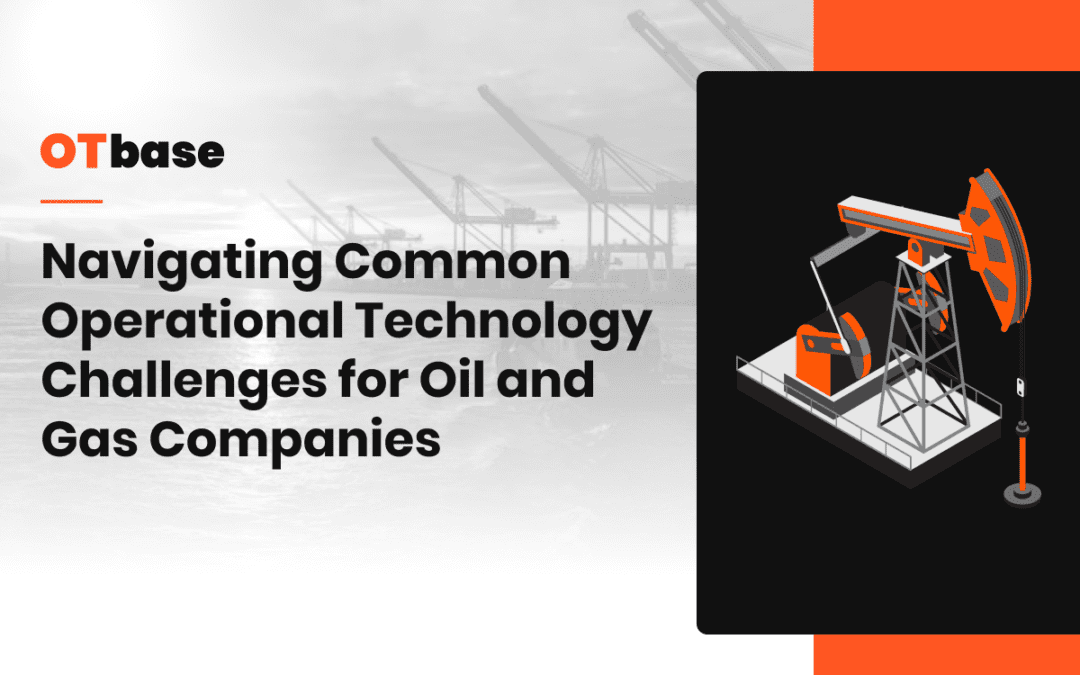As the world’s need for more energy sources keeps going up, oil and gas companies must work hard to keep their operations and critical infrastructure running smoothly and safely. In the oil and gas industry, more and more operational technology (OT) systems are being used. However, companies are having trouble integrating, automating, and protecting their systems.
First, oil and gas companies have to make sure that their field devices are safe from bad guys. The first challenge for oil and gas companies is securing their field devices from malicious threats. This can be done by putting in place a comprehensive security plan that protects devices from viruses, malware, Trojans, and other threats while also letting you see what devices are on the network. Also, it’s important to make sure that all software, databases, and systems connected to the operational technology environment are secure.
The second common challenge is integrating the OT and IT environments. Since the two systems have always worked separately, integration is needed for data analysis, automation of processes, and working together across different fields. It is no easy task—systems need to be designed so that they are easy to use and able to understand the communication between the two systems.
The third challenge is the need for automation. Due to the complexity of the industry and how quickly it changes, tasks like management, maintenance, and operations often need to be automated. Automation also helps oil and gas companies do their jobs better and save money on labor.
Fourth, operational technology systems need standardized interfaces for communication to and from IT systems. This makes it easier to access data and more efficient for devices to communicate. Also, legacy systems that have been used for a long time create more problems and need to be carefully integrated into newer systems.
Last but not least, the fifth challenge is to keep bad people and physical or environmental threats from attacking critical infrastructure. This is needed to make sure that data is collected, sent, and put together in a way that is accurate and reliable. This requires secure authentication methods and appropriate monitoring and alerting. By understanding the common problems oil and gas companies face and putting in place the right strategies, OT systems can be used safely and effectively to make sure that data is correct, processes are automated, and the company as a whole runs well.

